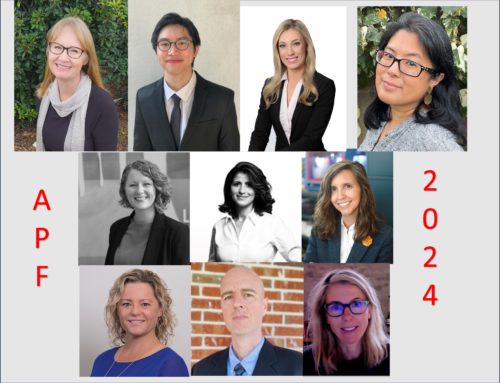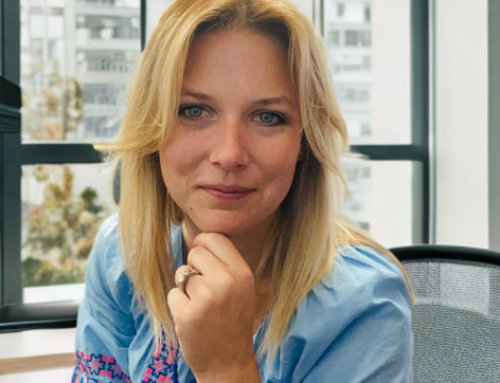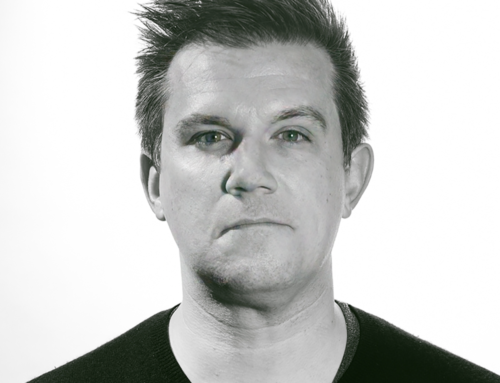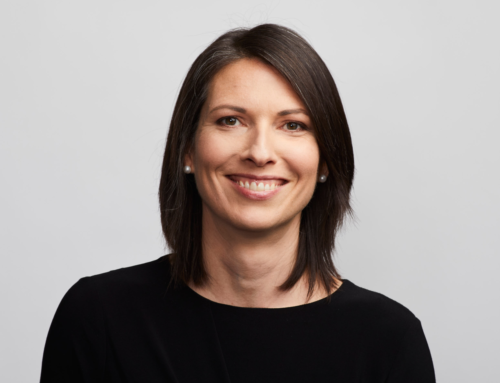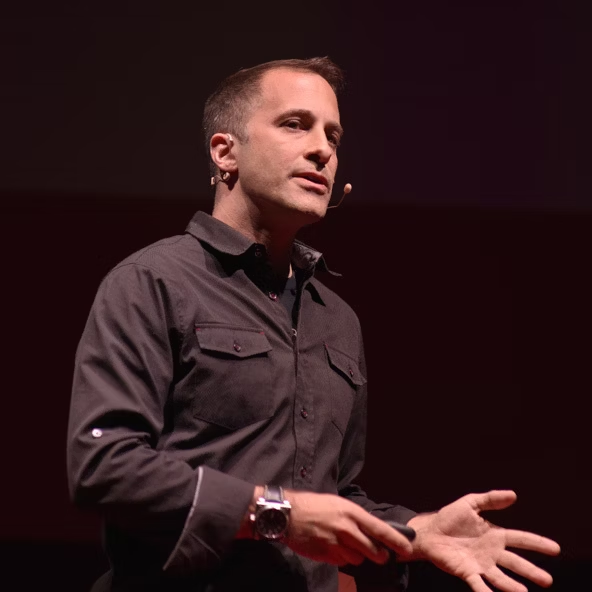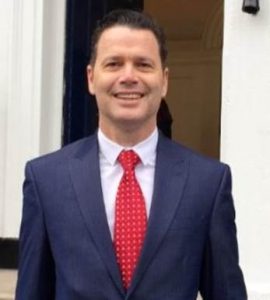 In the July 2017 issue of the APF’s Compass, foresight student Craig Perry reviews Superforecasting: The Art and Science of Prediction, by Phillip E. Tetlock and Dan Gardner. The book, which has received mixed reviews, though mostly positive, puts forward the possibility of making fairly accurate short-term predictions about the future through multiple-source evidence gathering, probabilistic thinking, teamwork, score keeping and a willingness to “admit error and change course”. Ask most futurists in the field of futures studies and in association with the APF and you’ll hear that people in our field don’t make predictions, as predicting the future is impossible. Rather, we forecast a baseline or expected future based upon trends, which can be seen as early indicators of emerging change, cycles, projections and stakeholder intentions, and plausible alternative futures by addressing uncertainties revealed in weak signals of change (i.e., ideas, issues, events, etc.) that surface through environmental monitoring and scanning activities and can unfold in any number of ways. In his review of the book, Craig offers professional futurists insight for reconciling the dichotomy between predicting the future and forecasting the future, as gleaned from the authors.
In the July 2017 issue of the APF’s Compass, foresight student Craig Perry reviews Superforecasting: The Art and Science of Prediction, by Phillip E. Tetlock and Dan Gardner. The book, which has received mixed reviews, though mostly positive, puts forward the possibility of making fairly accurate short-term predictions about the future through multiple-source evidence gathering, probabilistic thinking, teamwork, score keeping and a willingness to “admit error and change course”. Ask most futurists in the field of futures studies and in association with the APF and you’ll hear that people in our field don’t make predictions, as predicting the future is impossible. Rather, we forecast a baseline or expected future based upon trends, which can be seen as early indicators of emerging change, cycles, projections and stakeholder intentions, and plausible alternative futures by addressing uncertainties revealed in weak signals of change (i.e., ideas, issues, events, etc.) that surface through environmental monitoring and scanning activities and can unfold in any number of ways. In his review of the book, Craig offers professional futurists insight for reconciling the dichotomy between predicting the future and forecasting the future, as gleaned from the authors.
Craig points to a 4-year research study, The Good Judgment Project, sponsored by the Intelligence Advanced Research Projects Activity (IARPA) and conducted by author Philiip Tetlock along with others, whereby participants hedged their bets on probabilistic predictions with respect to potential world happenings up to 12 months in the future. The study, organized as part of a government-sponsored forecasting tournament, “conclusively demonstrated” the success of a number of participants in reliably predicting the near-term future. Labeled superforecasters, these participants outperformed an IARPA control group, intelligence analysts, other competitors and prediction markets, such that their skill is viewed to be real foresight, as noted by Craig.
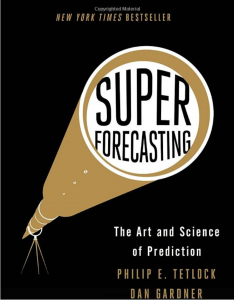 For professional futurists, Craig states that the implications of the empirical data in support of the authors’ claim that it is possible to predict the future “in some situations and to some extent . . .” are two-fold: one, “any intelligent, open-minded and hardworking person can cultivate the requisite skill to become a good forecaster; and two, “with the notable exception of numeracy, the same qualities possessed by ‘superforecasters’ are among those highlighted in the [APF’s] foresight competency model.” He asserts that superforecasting is advantageous to professional futurists, “even if it raises as many questions as it answers,” and believes it introduces “some much-needed rigor into futures studies”.
For professional futurists, Craig states that the implications of the empirical data in support of the authors’ claim that it is possible to predict the future “in some situations and to some extent . . .” are two-fold: one, “any intelligent, open-minded and hardworking person can cultivate the requisite skill to become a good forecaster; and two, “with the notable exception of numeracy, the same qualities possessed by ‘superforecasters’ are among those highlighted in the [APF’s] foresight competency model.” He asserts that superforecasting is advantageous to professional futurists, “even if it raises as many questions as it answers,” and believes it introduces “some much-needed rigor into futures studies”.
What do you think? Grab a copy of the book, Superforecasting: The Art and Science of Prediction, and let’s debate it. — Kimberly Daniels

